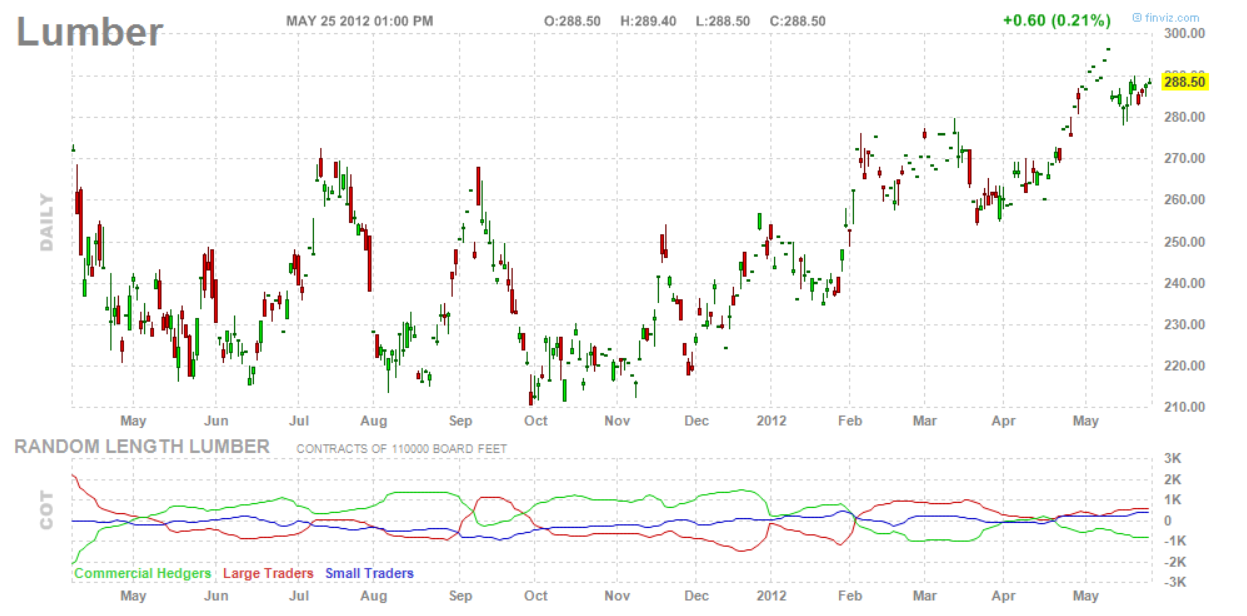It’s estimated that about 8,000 members of the Baby Boom generation will turn 65 years of age — every day — over the next two decades.
The dominance of the Boomers in the U.S. workforce is nearing an end. Back in 1980, Baby Boomers (commonly classified as the generation born 1946 to 1964) overtook the preceding Silent Generation as the biggest group of households in the U.S.
In 2019, that era comes to a close as the Generation X cohort overtakes the Boomers.
This generational passing of the baton will have a big impact on the U.S. economy, savings trends and government retirement policies.
To start, Boomers have been a driver of economic growth and consumer spending since the early 1980s, when they started to reach their peak earnings years. This group turbocharged rates of home ownership, consumer spending and, most important of all, employment.
Even today, John Burgess at the AARP Bulletin points out that Boomers power a “longevity economy” with more than 100 million consumers generating $7 trillion a year in goods and services. As he notes:
“Whether working or spending retirement dollars, older Americans are one of the country’s prime engines of commerce and jobs. In entertainment, apparel and other important sectors, they account for close to half of all spending. They hold 80%of the country’s personal net worth; they pay $420 billion a year in federal taxes and $250 billion at the state and local levels.”
However, starting next decade, the Boomers will start to work and spend less as they retire.
The McKinsey Global Institute forecast back in 2008 that this demographic trend could slow average annual growth rates from about 3.2% to 2.4% over the next three decades.
U.S. median income, researchers say, may also start to decline. Economists Richard Burkhauser of Cornell University and Jeff Larrimore of the U.S. Congress’s Joint Committee on Taxation point out that individual income tends to peak at 55 for most workers. Those 70 and older earn about two-thirds of that peak, and those older than 80 earn only one-half.
According to a paper that Burkhauser and Larrimore wrote last year for the Russell Sage Foundation, the demographic shift will reduce the growth of median income by 0.5 percentage point a year through 2030.
Ben Casselman at FiveThirtyEight notes that the U.S. labor force participation rate — the share of the adult population that has a job or is trying to find one — has been declining since its record high back in the late 1990s, when the Boomers were at the peak of their working lives.
“In 2003, 82% of boomers were part of the labor force,” he writes. “A decade later, that number has declined to 66%, and it will only continue to fall.”
That said, Baby Boomers who haven’t saved enough for retirement may have no choice but to continue working beyond the traditional 65 to 67 retirement age. According to a study by the Transamerica Center for Retirement Studies, about 65% of Boomers plan to work after age 65 or don’t plan to retire. Why? Income and health benefits, the survey finds.
At some point in the future, around 2031, the Boomer’s outsized impact on the economy will be felt one last time. Consulting firm Accenture, in a recent study, thinks that’s when there will be a great wealth transfer between Boomers to Generations X and Y children. As Annie Lowry at the New York Times notes:
“When that process is underway, 10% of the country’s total wealth will change hands every five years through inheritances, estates, gifts and the like. And as income and wealth have become distributed less evenly, the inherited spoils will be distributed unevenly, too. Households with less than $500,000 in net worth will transfer about $3 trillion to their heirs. Ones with more than $500,000 will transfer four times that much wealth.”
Another looming and potentially huge issue for the U.S. economy is how aging Baby Boomers are expected to stress the healthcare system. Of course, this will create jobs in the healthcare sector. Nearly one-third of the projected 15.6 million U.S. job gains by 2022 are expected to be in health care and social assistance.





